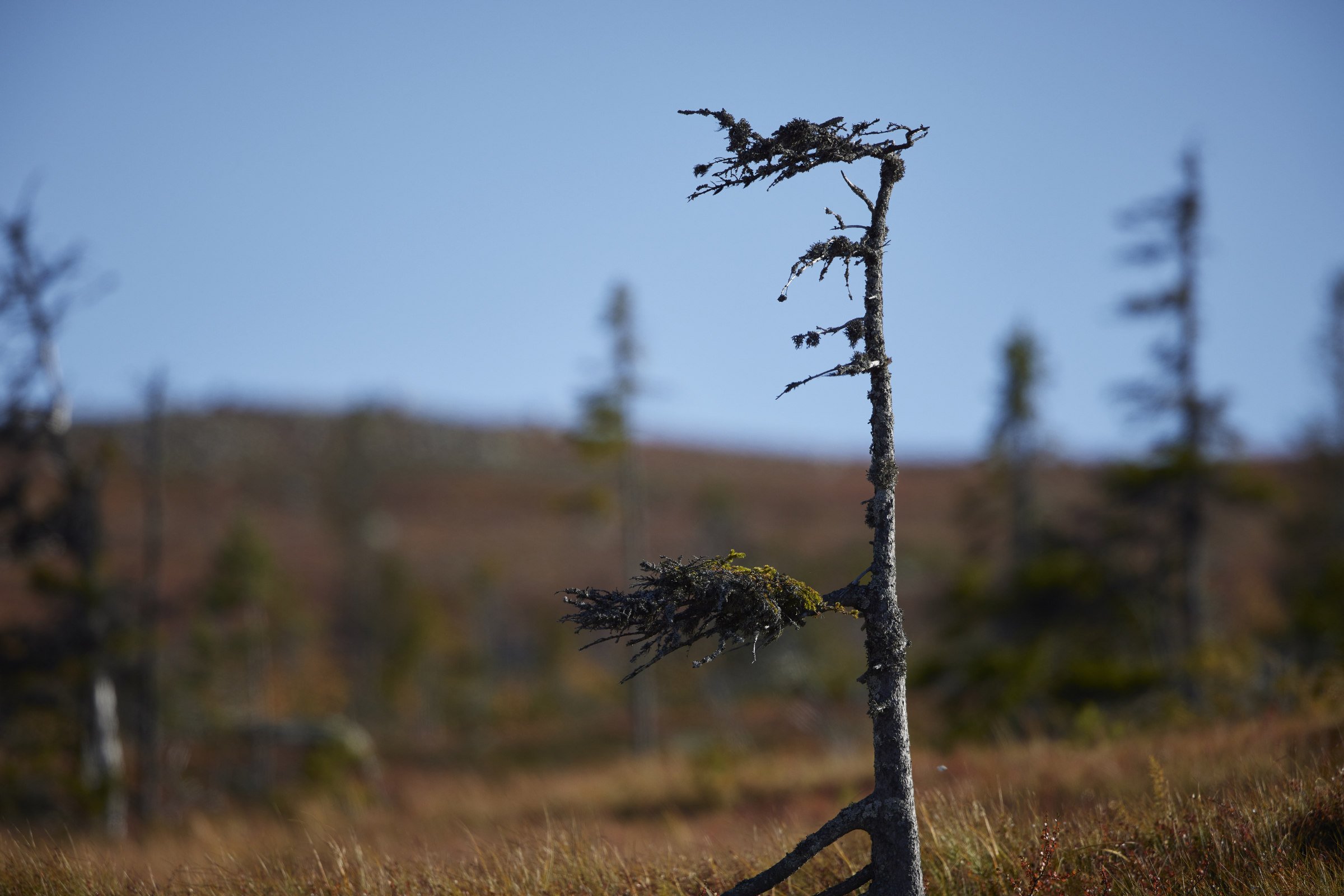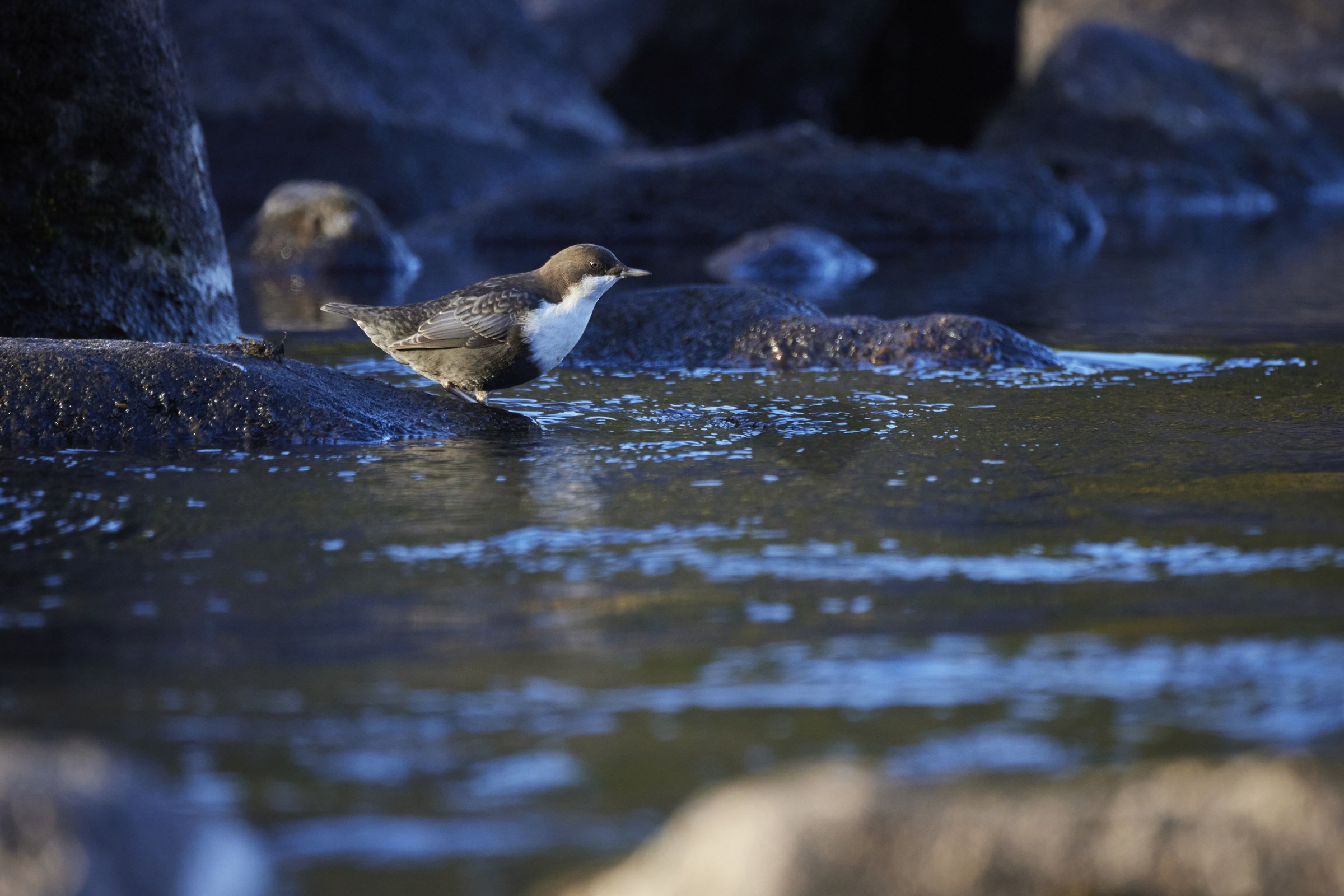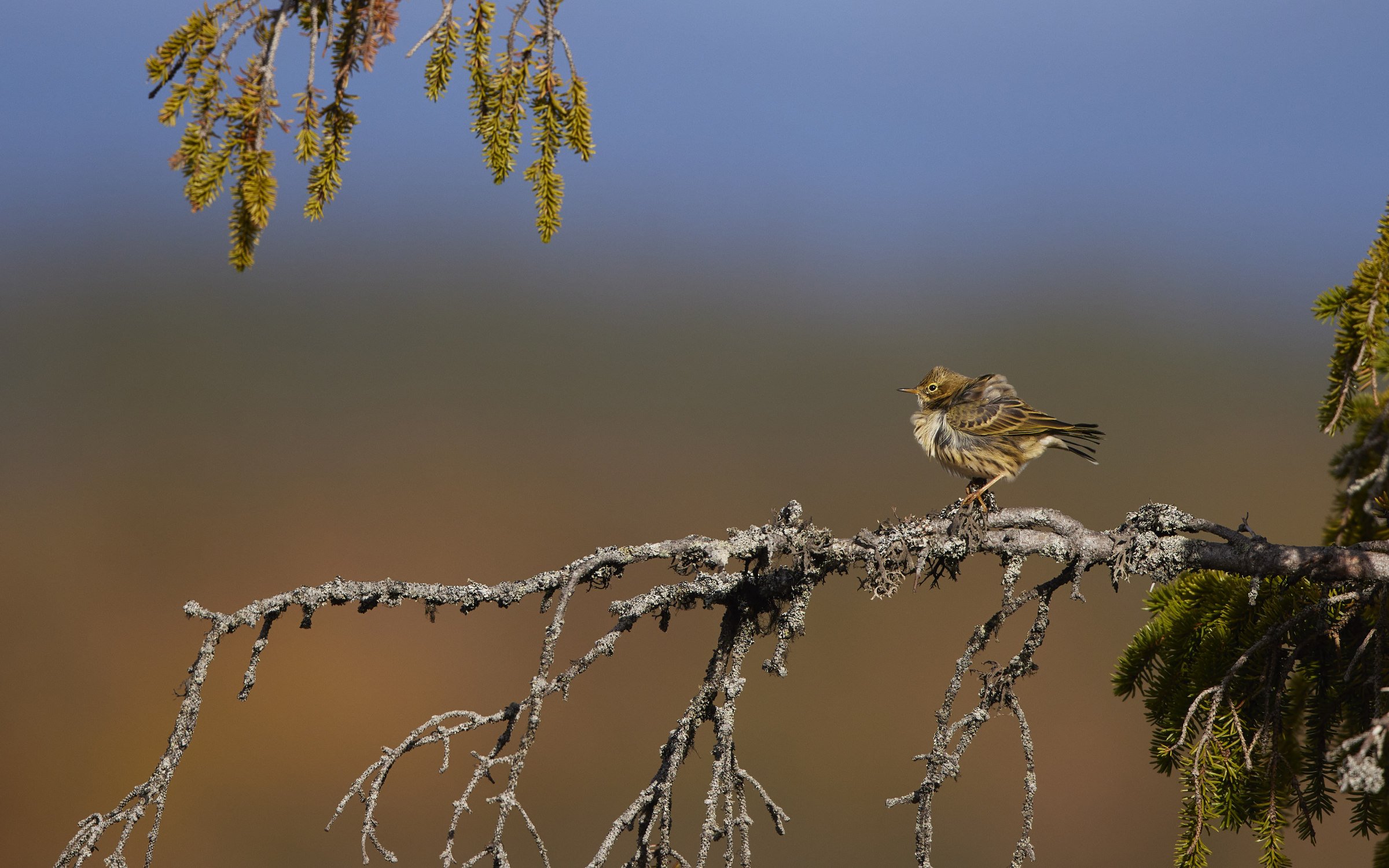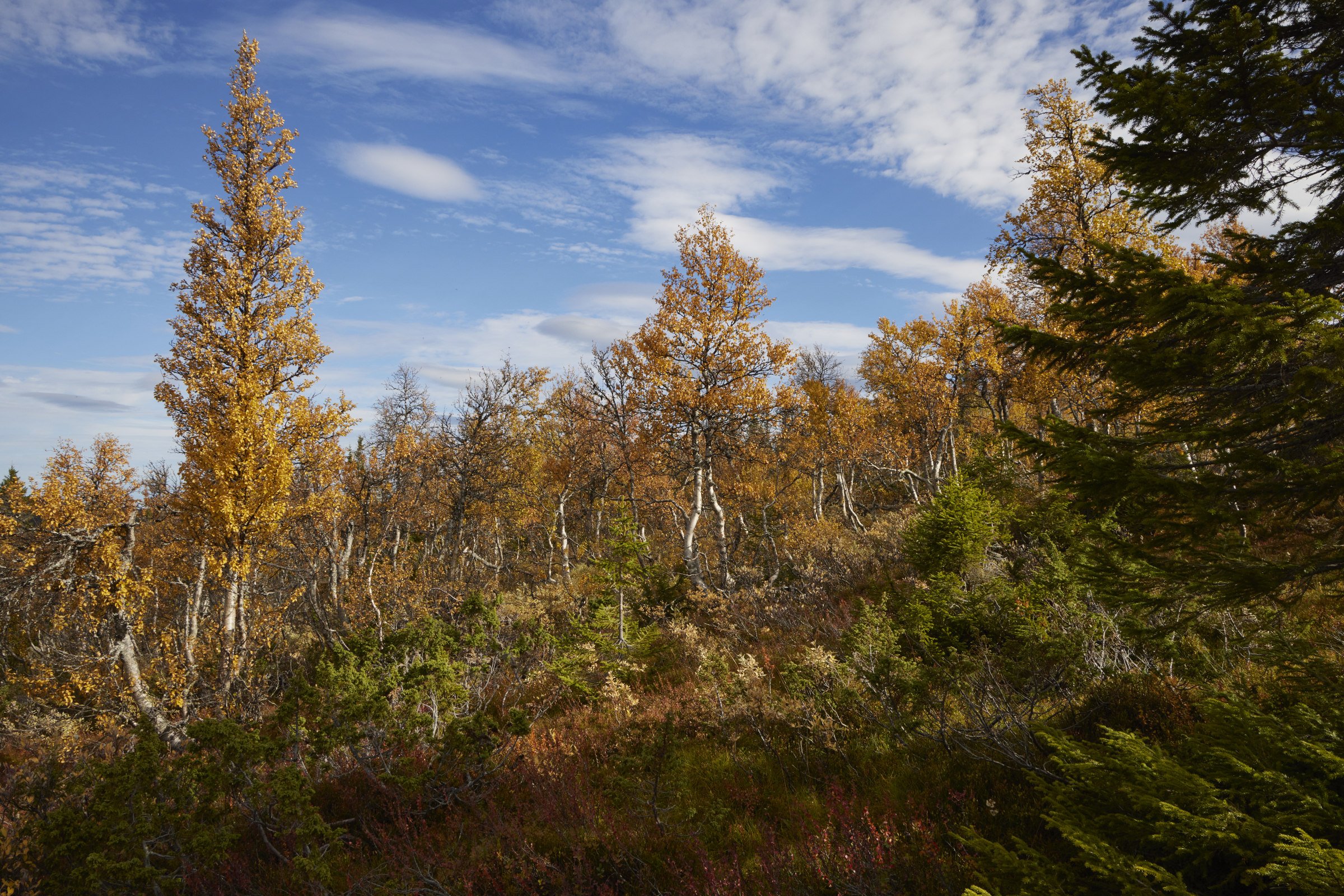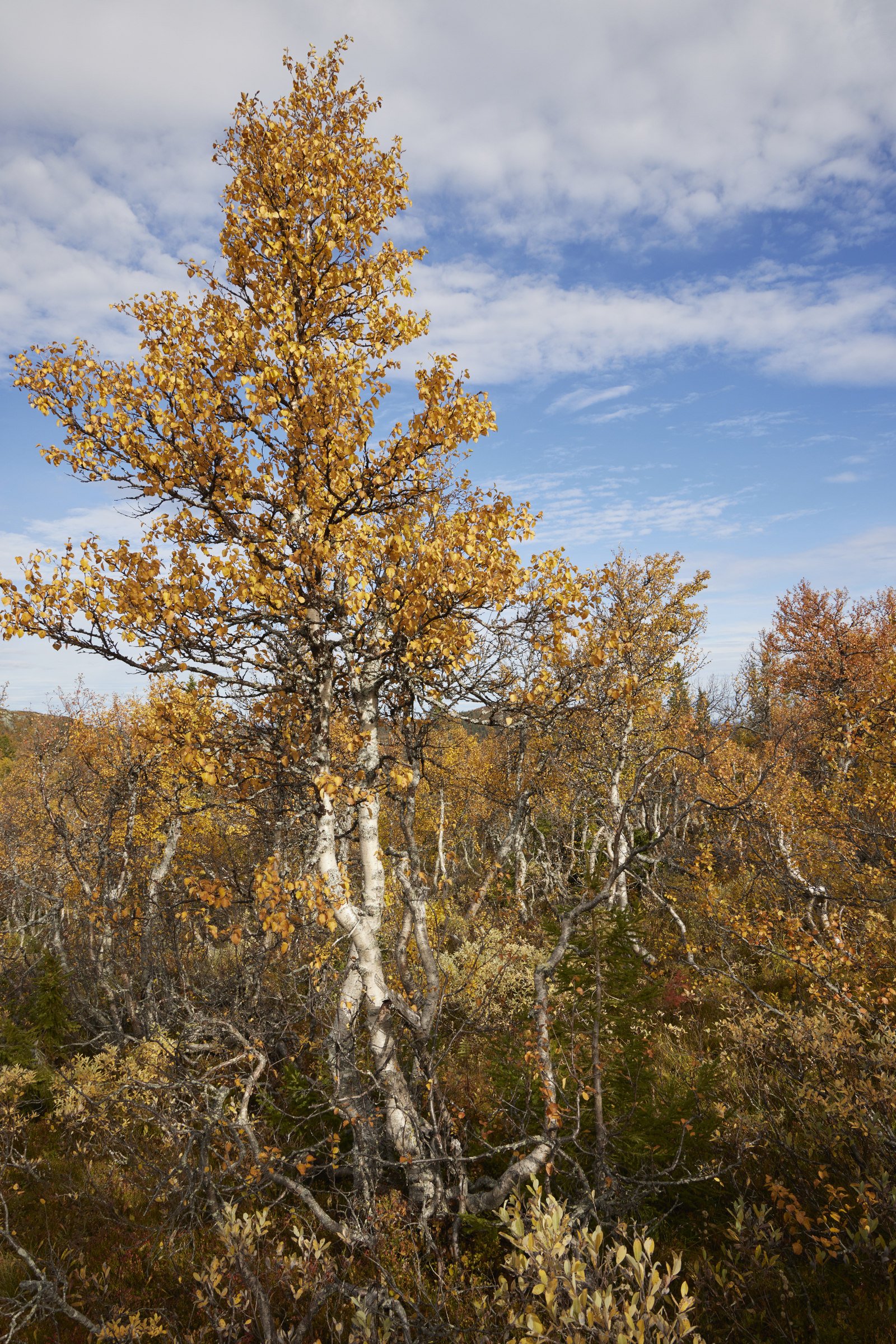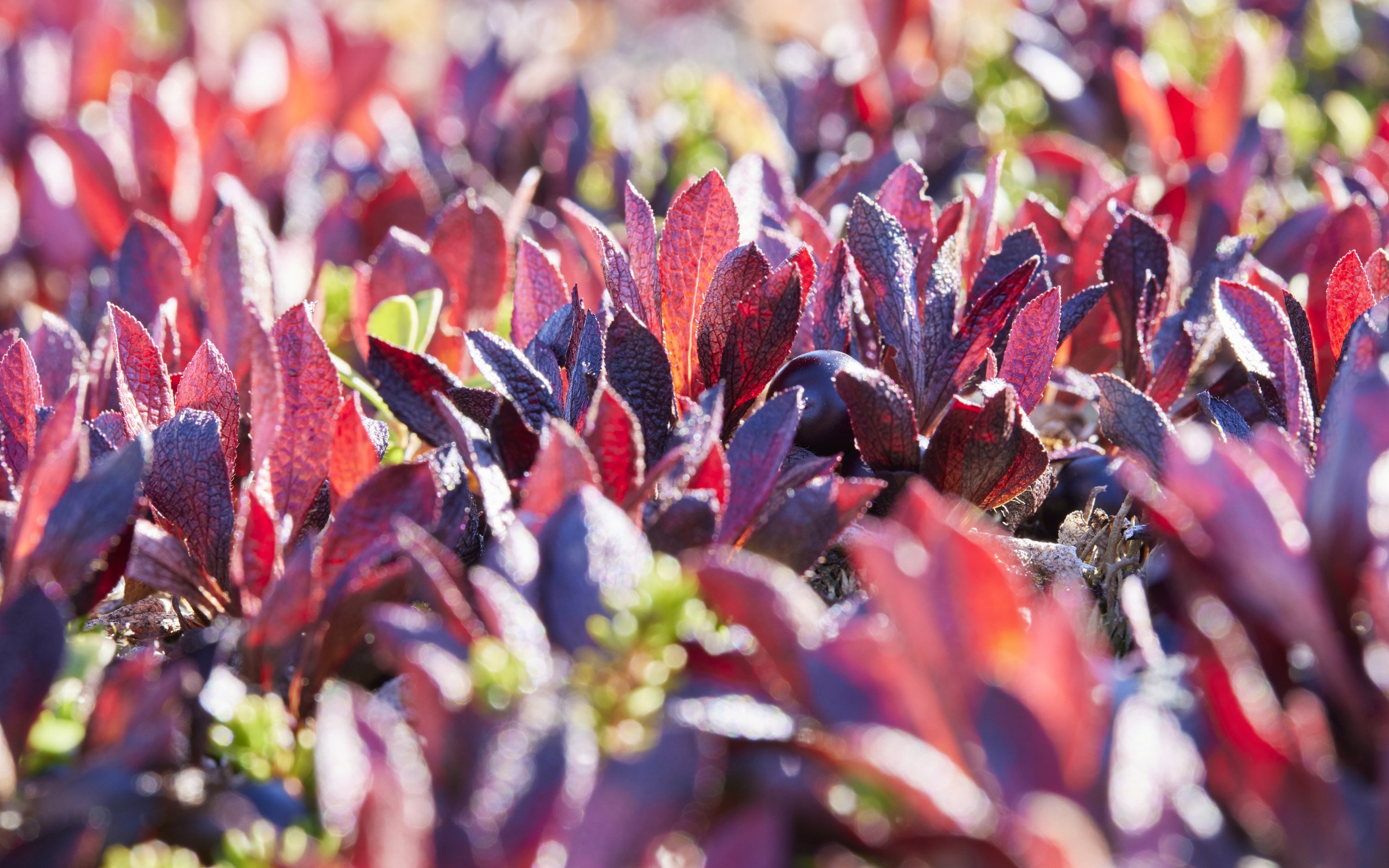Vassfaret, southern Valdres, Norway. Fall 2021. If you want to know how I got there, maybe read my Dovrefjell disappointment first. It turned out to be luck, though.
Partisan country
This region is a gem. Vassfaret sits between Hallingdal and Hedalen in the Valdres region. The region boasts low alpine coniferous forests, heather and bog. The fjell around rises to over 1,000 metres, which is well above treeline. You find rivers and lakes in plenty down in the valleys. What makes Vassfaret so special is that it’s wild, but had centuries of cautious human activity, especially logging and timber floating. This results in a number of old an ancient footpaths - quite rare in the Scandinavian fjell, where paths are usually scarce and scattered.
It’s no wonder that Vassfaret was a hotspot of Norwegian resistance against German occupation in World War II and operational base for a guerrilla group codenamed “ELG”. The region offers plenty of cover and resources while still pretty centrally located and quite close to the Norwegian capital Oslo.
Beautiful fall
My friend Linn and I walked into Vassfaret via Hedalen and we could not have wished for a more beautiful fall hike. Striking autumnal colors, warm days, cold(ish) nights in the tent and no one else around. A pleasant change to the over-crowded Dovrefjell, I had experienced only days before. We hiked only three days, but it felt exactly how it should feel for me. Out, remote, wild. I stayed in a little hut in the region for another ten days and it’s safe to say, I will come back. Actually, by the time of writing, I already have been back. But this is yet another story.







